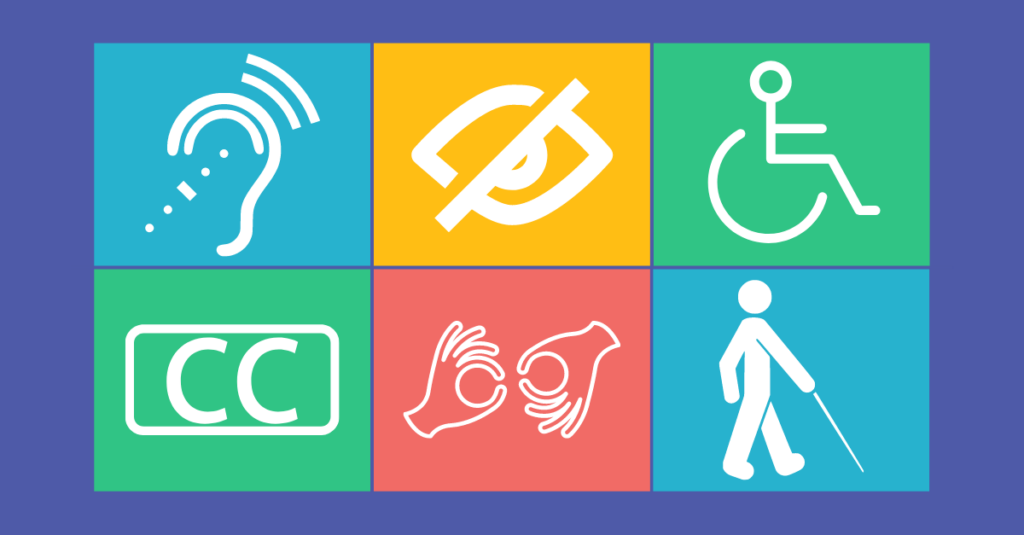What is Universal Design for Learning (UDL)?
Universal Design for Learning aims to involve an explicit process of acerating an inclusive learning environment by realizing that students interact with, receive, and show their learning in very different ways. Flexibility in teaching methods and materials is all that UDL is about; hence, it allows educators to support all learners regardless of their unique learning needs. By providing multiple means of engagement, representation, and expression, UDL helps break down Navigator barriers that might shut out students with different abilities, preferences, or backgrounds. For example, in a brick-and-mortar classroom, this might involve providing diverse ways for students to show mastery-such as through written assignments, oral presentations, or creative projects. It can include closed captions for video elements in a digital classroom and the provision of course content in multiple formats, while adaptive tools allow choices to accommodate different learning styles. This makes a physical and digital classroom inclusive through the full expression of student potential with the use of UDL.

Ensuring Accessibility in Online Settings
Accessibility assurance is paramount in an increasingly digitized learning landscape. Accessibility for online learning can include elements such as captioned videos for hearing impaired students, screen readers for visually impaired students, and adaptive technologies for students with mobility issues. This includes using alternative text for images, ensuring keyboard navigability, and compatibility with assistive technologies that may help promote equity in access to digital resources. Clear structure, intuitive design, and easy-to-navigate platforms decrease cognitive load and enhance learning effectiveness for learners of all abilities. In my personal learning experiences, I notice that if online platforms are more accessible and adaptable to diverse needs, my interest in learning increases along with my comprehension of it. I try to make all course content available in multiple formats and allow students multiple ways to demonstrate their learning.

Ethical Challenges of EdTech
Of course, edtech holds great promise for improving student learning, but it also comes along with some big ethical concerns. Among them, privacy-protective policies play a leading role. Most of the edtech tools collect and store huge amounts of data about students, raising questions like: how exactly this data is used, who gets to access it, or whether it may get exploited. The other tremendous ethical challenge is equity. Others might not have such multiplicity of advanced technologies or means of access to the internet in their roles within edtech tools-as a matter of fact, the digital divide will be enormously enhanced. That means we, as educators, are also to balance these concerns carefully vet the tools we use, ensuring transparency with participants in data collection where appropriate, and advocate for equity in access to technology.

Ethical Considerations in Digital Interactions
Ethical behavior in digital life is very important, both in learning and social settings. In being a member of a digital community, one is supposed to make sure the interactions vertices especially behavioral annotate are respectful, inclusive, and constructive in nature. It means paying extra heed to how one is communicating, welcoming diversity in all perspectives, and avoiding cyberbullying or the spread of misinformation. In educational settings, this also means that interactions are accessible to all by being thoughtful with the language used, considering how materials are shared, and supporting the equal participation of all community members.

Applying UDL and Accessibility Principles
When reflecting on the past, strong and weak examples of UDL and accessibility have always formed part of my learning experiences. Learning environments that catered to flexibility and multiple means of engagement certainly motivated me a great deal and supported me more in my learning. In more rigid settings-which often allowed only one mode for learning or expression-I would often note the inability of a number of students to engage. To enhance these environments, I would suggest including more UDL-aligned strategies where there are options for demonstrating one’s understanding and all class materials are accessible for learners with disabilities.

